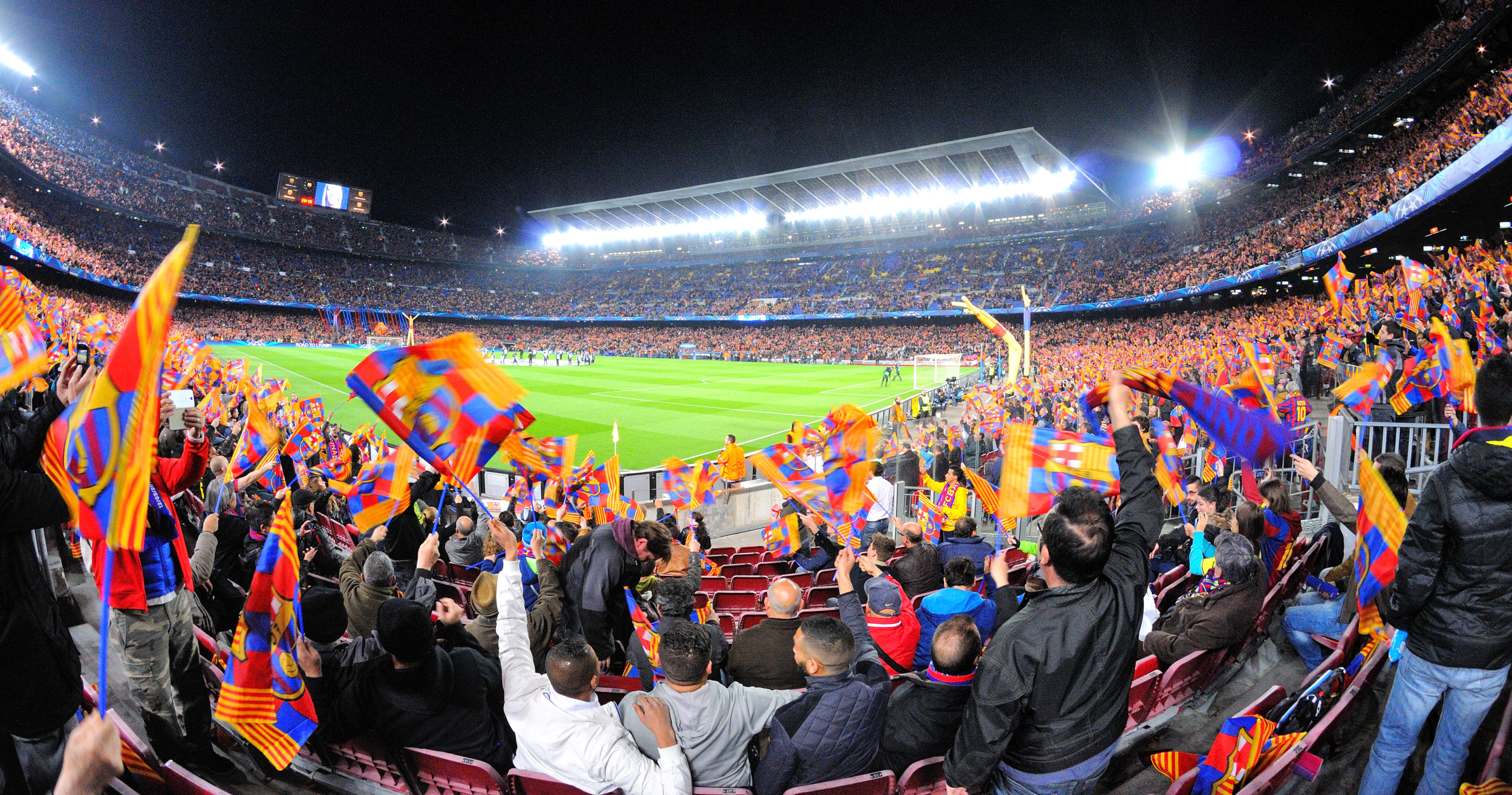
Clean Lighting in Action
Clean Lighting in Action
Case Studies
Written case studies of clean lighting champion initiatives from around the world.
East African Community and the Southern African Development Community
Efficient Lighting and Appliances (EELA) Project
California, USA
AB2208
European Union
Restriction of Hazardous Substances (RoHS) Directive & EcoDesign
India
Unnat Jyoti by Affordable LEDs for All (UJALA)
Uruguay
Decree 15/2019
Clean Lighting Champions Video
Conversations with Clean Lighting Champions from around the world.
Market Transformation Pilots
CLiC partnered with organizations in Brazil, Nigeria, and the Philippines to retrofit hospitals with energy-efficient, mercury-free LEDs.
The Clean Lighting Coalition (CLiC) aims to transition global markets to safe, cost-effective, and energy-saving LED lighting by supporting the removal of fluorescent lamp exemptions under the Minamata Convention on Mercury.
CLiC partnered with organizations in Brazil, Nigeria, and the Philippines to retrofit hospitals with energy-efficient, mercury-free LEDs. Retrofitting is the process of removing fluorescent light bulbs and installing new, higher-efficiency LEDs into the same wiring and fixtures. The pilots aimed to demonstrate that institutional buildings can easily and cost-effectively transition to cleaner lighting.
Read more about the pilots:
The pilots demonstrated practical steps hospitals—and other institutional buildings—can take to switch to LED lighting with minimal effort and significant economic and safety benefits.
Our partners provided data on the actual cost of purchasing and installing the lamps in three locations. They also estimated the “pay-back” period, or the time it will take to recover the initial cost of LED purchase through long-term electricity savings.
Want to learn more? Check out our videos:
Transitioning to LEDs Bolsters 8 SDGs
Switching to mercury-free LED lighting brings significant cost savings for people, businesses and governments and is aligned with eight of the United Nations’ Sustainable Development Goals